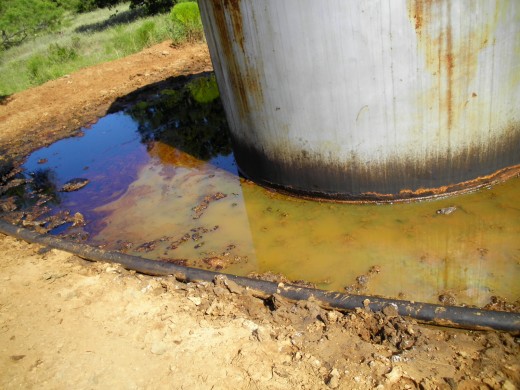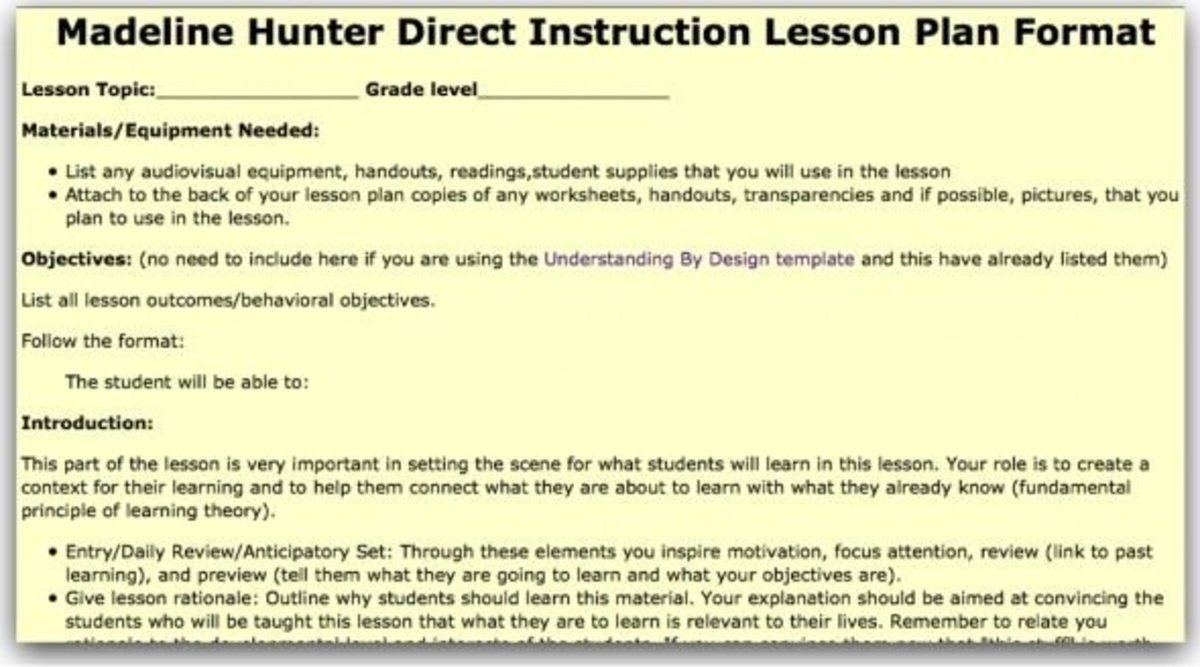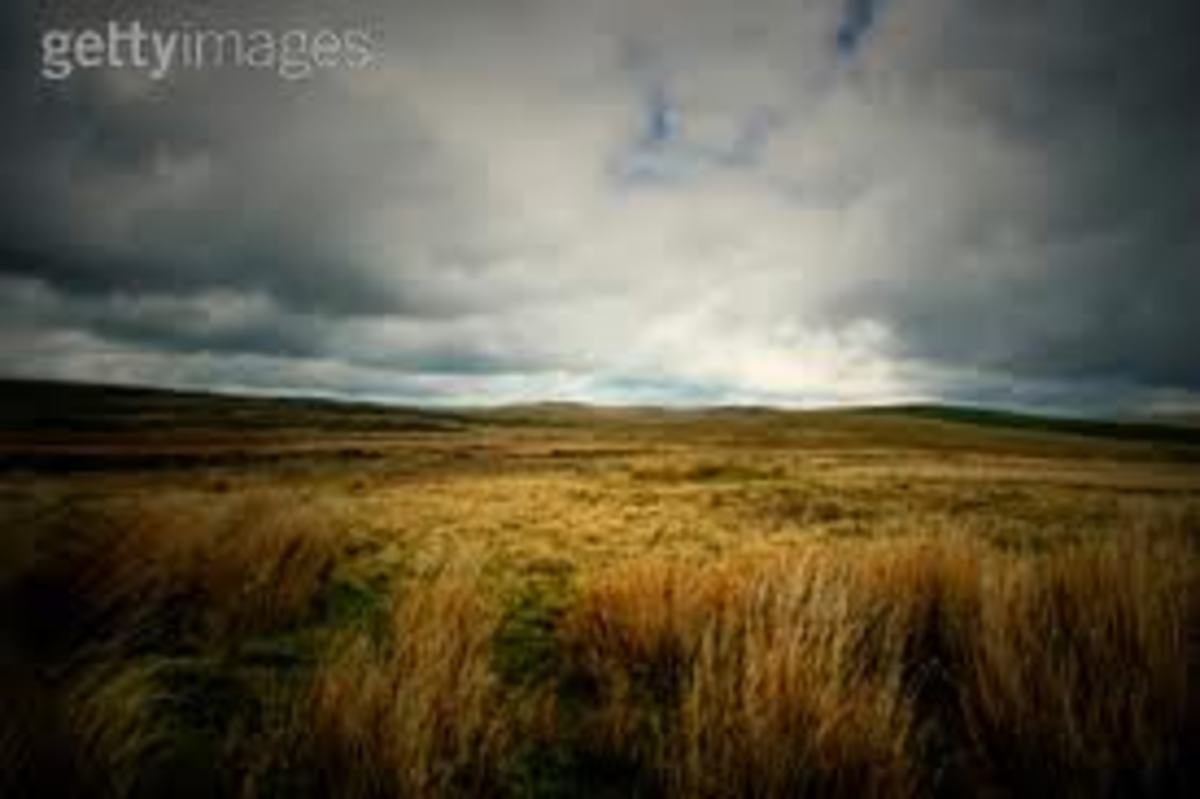EPA SPCC Plan Requirement Guidance as of 1/1/16
Leaky Tank

SPCC Requirements
2016 © by Roy Blizzard III
Doesn’t SPCC only apply to facilities by “Navigable Waters”? What are considered navigable waters?
Section 502 (7) of the CWA defines navigable waters as the waters of the United States. The Coast Guard and EPA interpretations traditionally have included not only the traditionally recognized navigable waters but all streams, creeks, lakes, playa lakes, prairie potholes, wet meadows, mudflats, sand flats, ponds and drainage culverts connected to any tributary system in a river basin. Basically any pathway which leads to some type of waterway!
However, in April of 2008 the EPA lost a case brought by API seeking a better definition of what is a navigable waterway. The EPA was remanded to go back and rewrite the CFR 40 regulations according to language that better suits what interpretive case law permits if they want to say a bar ditch is a navigable waterway. The EPA decided to just enforce the navigable waterway ruling as it began in 1973 and are now back actively fining operators while they sought to redefine the term. Now they have done just that. In April 2011 they issued their EPA “Clean Water Protection Guidance”rules which have redefined the meaning of Navigable Waterway and in 2015 they republished their ruling that interpret the term “waters” broadly to encompass not just the water itself but also the physical or geographic area where the water or water feature is located. Thus, the proposed redefinition of “waters of the U.S.” also establishes the geographic and physical boundaries in which oil and gas operations and activities will be subject to regulation under the Clean Water Act.
This means you have to have a SPCC and a Flow Line Contingency Plan on your facility regardless of proximity to water. The EPA has let it be known that they are enforcing the rule as written years ago and that they are actively pursuing enforcement here in Texas and the rest of the U.S. If you doubt me just go to the EPA web site and you will find many companies that have been fined recently. If you have a spill, they will make you show them your SPCC and Flow Line Contingency Plan no matter what! It is that simple. This Federal Law trumps all State and Local regulatory bodies and that includes the Texas Railroad Commission, etc, but your Federal SPCC will take care of all state and local requirements as the Federal Law is more stringent and includes all the lesser rules.
So Who Needs an SPCC?
All owners/operators of regulated facilities with fluid storage capacity or flow of 1,320 gallons (31.428 bbls) are required to have written, site specific Spill Prevention Control & Countermeasure Plans detailing how a facility’s operation complies with the guidelines included in the Federal Law 40 CFR Part 112 (Clean Water Act of 1990). You do not have to be in close proximity to water to need an SPCC. The Law says all operators must have one! Not just ones close to water. The SPCC is an Emergency Plan for safety in the event of an unforeseen situation that arises at your facility.
Your plan must be able to pass all EPA reviews and meet all PE requirements and your SPCC plan must be implemented and updated or your plan will be ruled invalid and subject to all EPA fines and penalties. In layman terms, you cannot have some thrown together 4 page plans! The SPCC must be a professional site assessment with accurate data and maps and then implemented within 60 days of certification! All SW disposals, injection wells, etc must have a SPCC as the EPA is more aggressive with salt scald than with Oil Spills. If you buy property that includes old oil well property or a SWD then you need to consider a Phase 1 plan to ensure you are not responsible for past damages/Salt Scald!
The SPCC Plan is only good for five (5) years!
The SPCC Plan must be fully prepared and then implemented. It must be re-prepared/re-certified 5 years after that time. The requirements of SPCC under the Clean Water Act consist of preparing a plan and implementing it. An EPA inspector will always look for evidence of implementation. If your SPCC plan calls for monthly inspection, the inspector will expect to see a completed monthly inspection checklist as evidence of your implementation of the plan.
Here is a quote from EPA’s SPCC Guidance for Regional Inspectors (dated November 28, 2005): “In summary, the EPA inspector should verify that the owner or operator has inspection reports that document the implementation of the testing, evaluation, or inspection criteria set forth in the Plan.” This is exactly what the EPA is doing now!
This regulation went into effect on January 10, 1974 and was merged with CFR 40 in 1990.
Proposed extensions only apply to those with existing SPCC Plans.
Mobile Rigs / Work over Rigs must have a spill Plan.
Newly-constructed facilities Must Prepare a SPCC Plan and Fully Implement the Plan within 6 months of commencing operations.
If you have a spill you must have a plan anyway.
All facilities with above ground flow lines outside of containment must either berm the flow lines or have the EPA mandated Flow Line Contingency Plan.
Professional Engineer Certification (40CFR 112.3 and 112.7)
Elements include, but are not limited to, the following: The SPCC Plan or parts thereof must be reviewed and certified by a person who is a Registered Professional Engineer in at least one state and who is familiar with the facility and with 40 CFR Part 112. The engineer’s name, signature, registration number, engineer’s seal, and state of registration must be included as part of the SPCC Plan. By certifying the SPCC Plan or parts thereof, the engineer is attesting that he or his agents have examined the facility and its SPCC Plan and that the SPCC Plan has been prepared in accordance with good, current engineering practices. If self certifying you are testifying that you have prepared yours to proper standards and you are assuming full responsibility for omissions or irregularities therein.
The SPCC Plan Must Follow the Sequence of 40 CFR Part 112.
The SPCC Plan must include a complete discussion of the facility’s conformance with all applicable SPCC guidelines, and follow the sequence of 40 CFR Part 112.7.
The EPA is enforcing the SPCC rule NOW and after the administration change in 2009 we have seen more aggressive EPA enforcement! Can you afford the risk of not having your SPCC prepared correctly?!
Penny wise today can be dollar foolish later with the EPA shutting you down and fining you for non-compliance!
For more information go to www.tihenvironmental.com and read the training article "Are You Prepared for an SPCC Plan Inspection?" http://tihenvironmental.com/Training.html
Roy Blizzard's New Book








